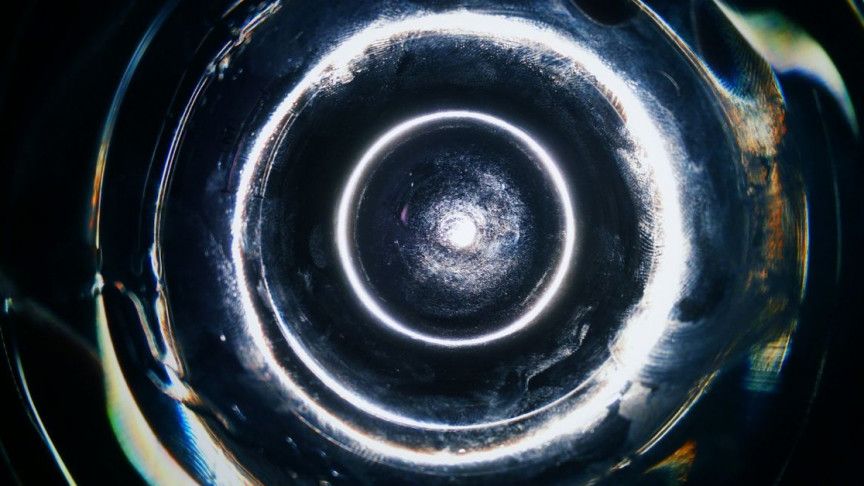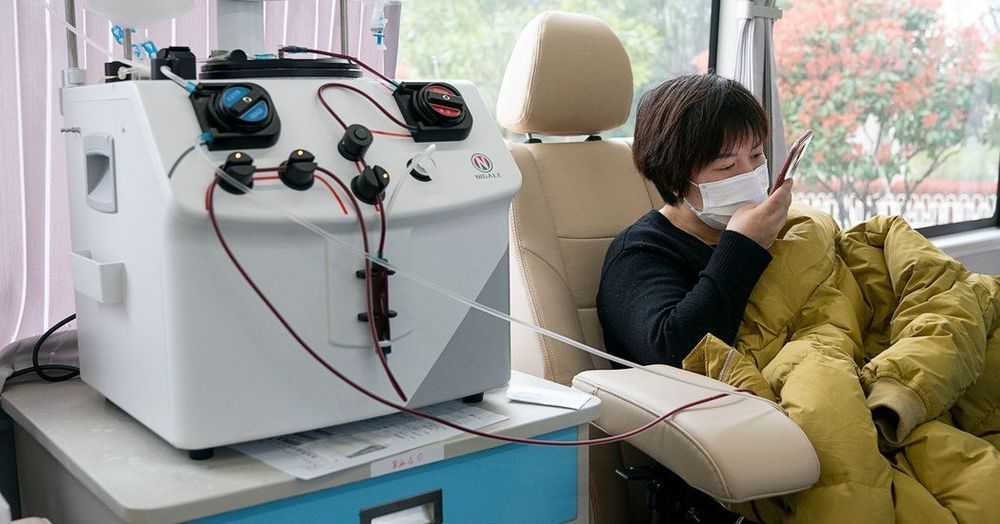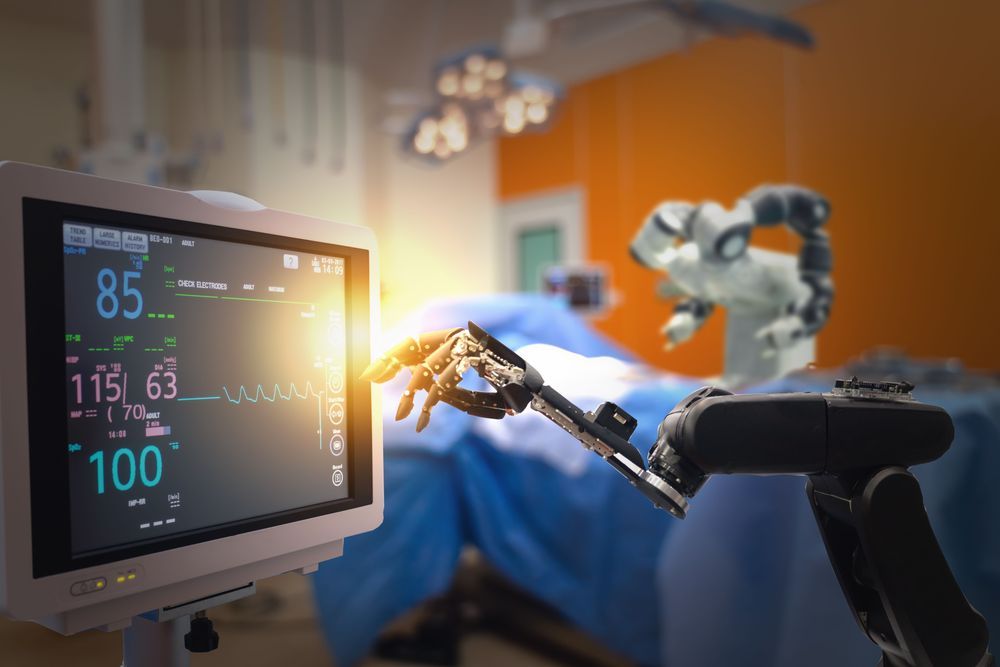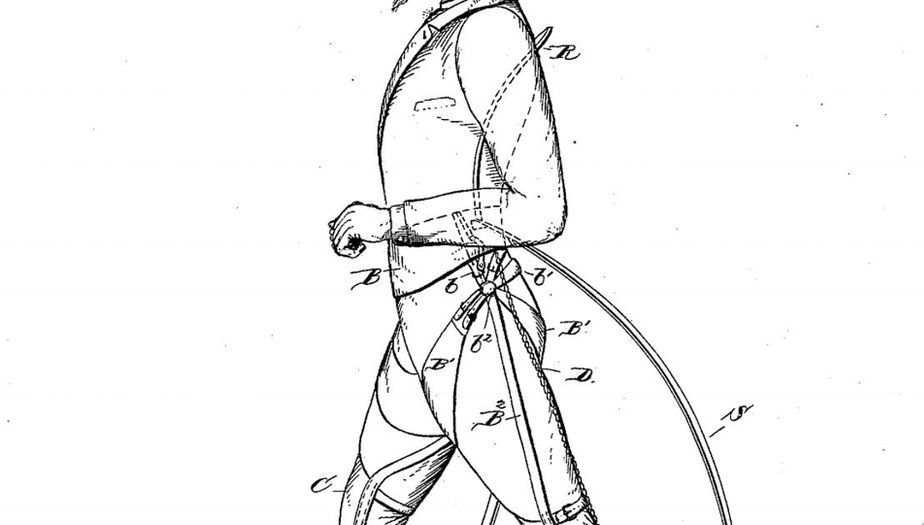Scientists are attempting to entangle black holes into a working wormhole using quantum computers.


The amazing car pictured is a theoretical concept car that would run for 100 years with only 8 grams of fuel. Such a car would be powered by thorium, one of the densest materials on our planet.


Because running Tesla and SpaceX and building a new Starship every 72 hours so he can colonize Mars isn’t enough, now Elon Musk would really love to build an efficient and quiet HVAC system for home use, according to Inverse. It could even piggyback the existing work Tesla has done to make heaters for its newest vehicle, the Model Y.
The first few Tesla vehicles used an electric cabin heater to replace a traditional fuel vehicle’s reliance on internal combustion engine heat. Trying to find the right kind of heater has been challenging at times for Tesla, which was faced with reinventing the wheel, so to speak. Before now, engines made the heat as a secondary effect of combustion.

Based on a lot of study it may be possible that if naturally derived dmt having quantum entanglement properties that someday it could be used to naturally teleport people. Especially if can essentially have suppositions properties that it may in fact allow an interdimensional portal quantum mechanically speaking it also said that cannabis did not start on earth either and is an alien plant. It may that someday we could take a pill to teleport through the fabric of space time with a biochemical means but it would involve a sort higgs mode or higgs boson level quantum teleportation for that amount of energy. But it may eventually lead to real teleportation in human beings naturally someday since it already holds those properties.

This post is adapted from a paper presented at a workshop organised by the Open University’s PRiME (posthuman resilience in major emergencies) research group held in London, 18th-19th October 2016.
********************************
Resilience – understood as the capacity to recover from perturbations and resume “normal functioning” – appears seems to be a generic rather than domain specific property. It has a general application to complex systems at all scales and levels of complexity, and applies across the notional and contested divide between the natural and the artificial. It thus seems consonant with a “flat” posthuman world in which humans – rather than having privileged status – are just a distinctive being amongst other – similarly distinctive – beings. [1].

Our body’s ability to detect disease, foreign material, and the location of food sources and toxins is all determined by a cocktail of chemicals that surround our cells, as well as our cells’ ability to ‘read’ these chemicals. Cells are highly sensitive. In fact, our immune system can be triggered by the presence of just one foreign molecule or ion. Yet researchers don’t know how cells achieve this level of sensitivity.
Now, scientists at the Biological Physics Theory Unit at Okinawa Institute of Science and Technology Graduate University (OIST) and collaborators at City University of New York have created a simple model that is providing some answers. They have used this model to determine which techniques a cell might employ to increase its sensitivity in different circumstances, shedding light on how the biochemical networks in our bodies operate.
“This model takes a complex biological system and abstracts it into a simple, understandable mathematical framework,” said Dr. Vudtiwat Ngampruetikorn, former postdoctoral researcher at OIST and the first author of the research paper, which was published in Nature Communications. “We can use it to tease apart how cells might choose to spend their energy budget, depending on the world around them and other cells they might be talking to.”
By bringing a quantitative toolkit to this biological question, the scientists found that they had a different perspective to the biologists. “The two disciplines are complimentary to one another,” said Professor Greg Stephens, who runs the unit. “Biologists tend to focus on one area and delve deeply into the details, whereas physicists simplify and look for patterns across entire systems. It’s important that we work closely together to make sure that our quantitative models aren’t too abstract and include the important details.”
On their computers, the scientists created the model that represented a cell. The cell had two sensors (or information processing units), which responded to the environment outside the cell. The sensors could either be bound to a molecule or ion from the outside, or unbound. When the number of molecules or ions in chemical cocktail outside the cell changed, the sensors would respond and, depending on these changes, either bind to a new molecule or ion, or unbind. This allowed the cell to gain information about the outside world and thus allowed the scientists to measure what could impact its sensitivity.
“Once we had the model, we could test all sorts of questions,” said Dr. Ngampruetikorn, “For example, is the cell more sensitive if we allow it to consume more energy? Or if we allow the two sensors to cooperate? How does the cell’s prior experiences influence its sensitivity?”
The scientists looked at whether allowing the cell to consume energy and allowing the two sensors to interact helped the cell achieve a higher level of sensitivity. They also decided to vary two other components to see if this had an impact—the level of noise, which refers to the amount of uncertainty or unnecessary information in the chemical cocktail, and the signal prior, which refers to the cell’s acquired knowledge, gained from past experiences.


“Cycling is considered a new sport,” he says. “Ice skating is considered a separate event at the Olympic games. As technology develops and performance becomes not comparable to running, we might see this device being considered as an augmentation device that would initiate a new sport.”
As exciting as it is to look forward to a new realm of super-fast sports, there’s always the chance such technology might be used non-recreationally. Braun is aware of the potential for misuse of his spring legs by law enforcement agencies (a group who may benefit from them, per the paper’s abstract).
Braun likens the hypothetical use of his devices to the use of Segways by police forces. They allow for more mobility. But making sure they’re used ethically, is still an open question.